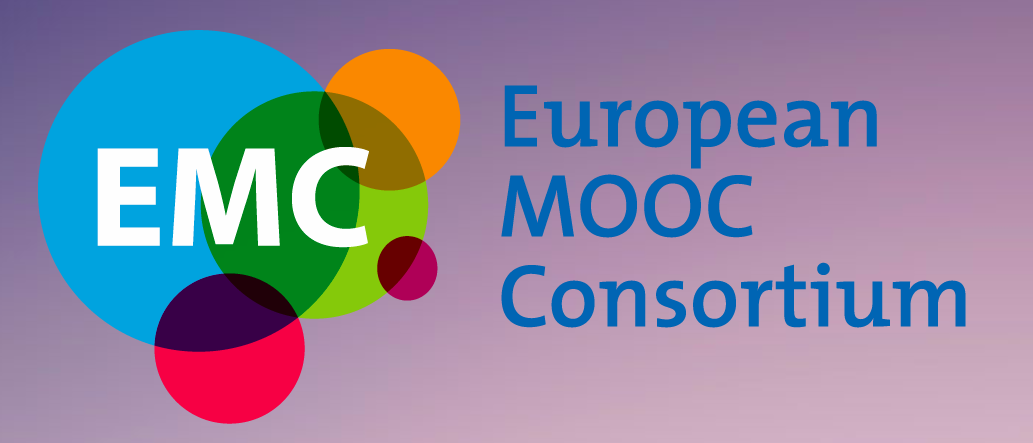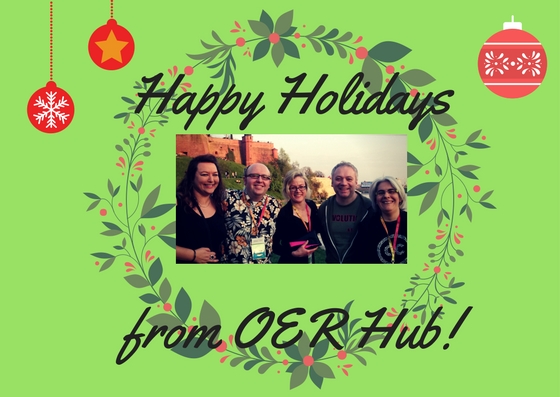Clements and Pawlowski’s (2012, p. 9) survey-based study of secondary school teachers’ attitudes towards OER quality identifies several selection indicators involved in survey respondents’ choice of OER … They conclude that, in addition to quality instruments such as rankings and recommendations, trust is a common feature amongst these selection indicators and a core component of judgements around OER quality during the search phase of the re-use process.
The above text comes from one of the positive pieces of evidence assigned to ‘Indicators’ hypothesis in the OER Impact Map. You can see the full evidence entry here. When brainstorming some ideas for the current phase of work developing the OER Impact Map utilising a ranking mechanism was raised. There are a number of ways this could have been added from star based systems or more complex resource voting based on the registered user’s reputation.
The system we are piloting mirrors the wider ethos of the OER Impact Map using a polarity vote up or vote down. We’ll be using data from votes in a number of ways. On a basic level we’ll be using it to rank the evidence with most up or down votes in each hypothesis summary. We are also looking for ways to use this data within some of the visualisations we will be developing. Ideas include using this in heatmaps or as a way to filter the submitted evidence.
To help us develop these we would like to encourage you to explore some of the evidence already in the OER Impact Map. You are free to explore and vote on all the current evidence, but if you would like some direction in your activity Hypothesis C – Access has a nice mixture of evidence with different polarities and sectors as well as geographic origin.






Leave A Comment